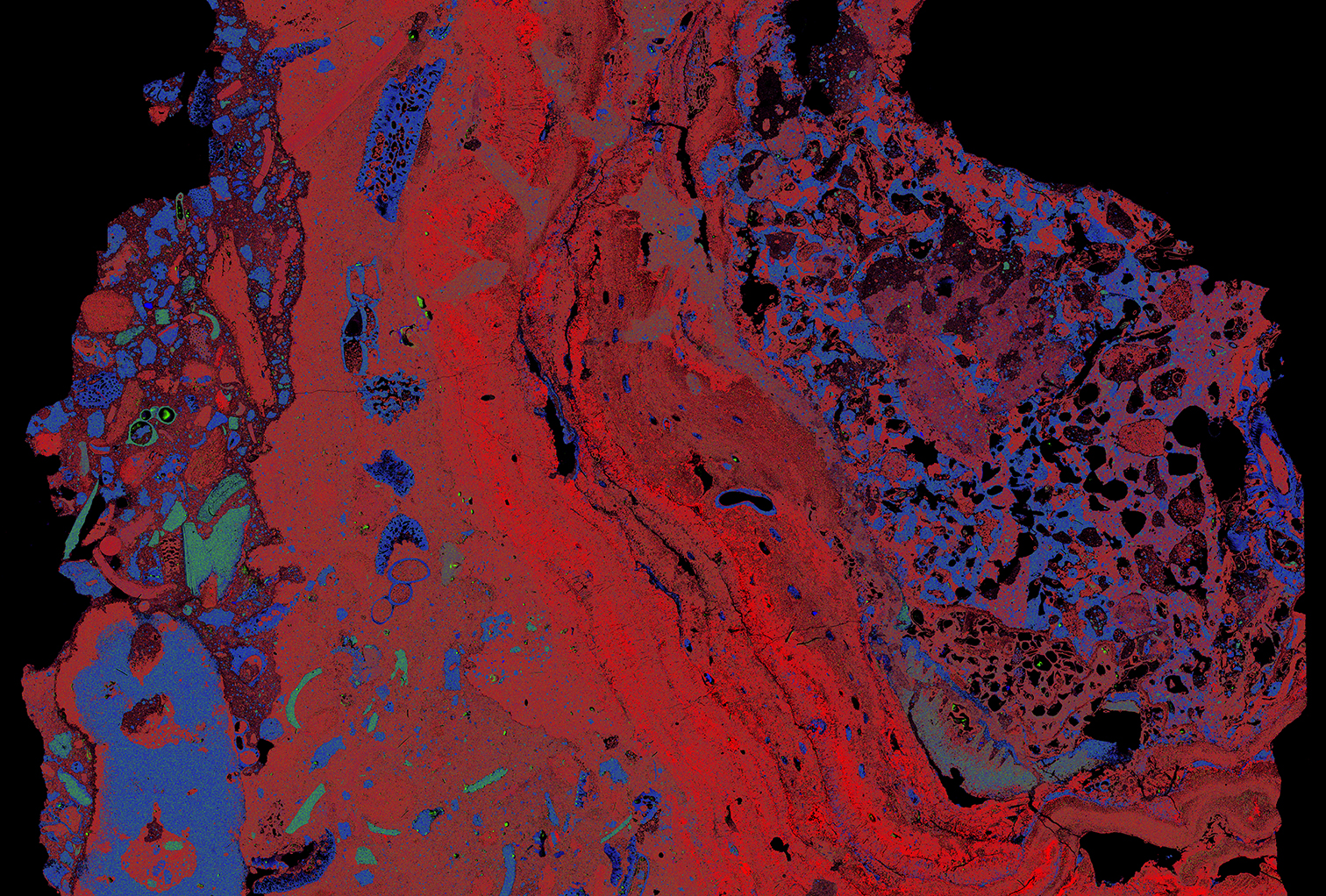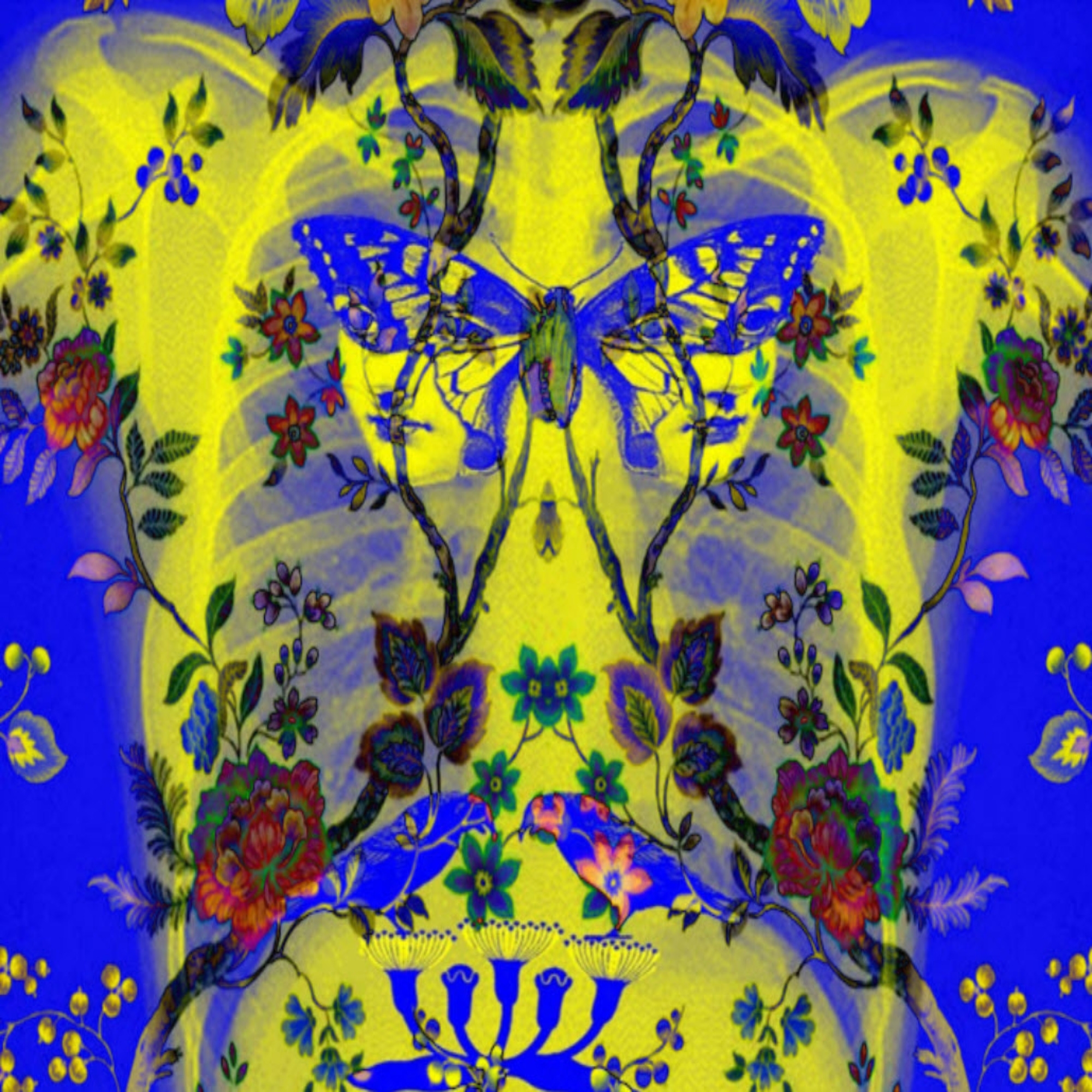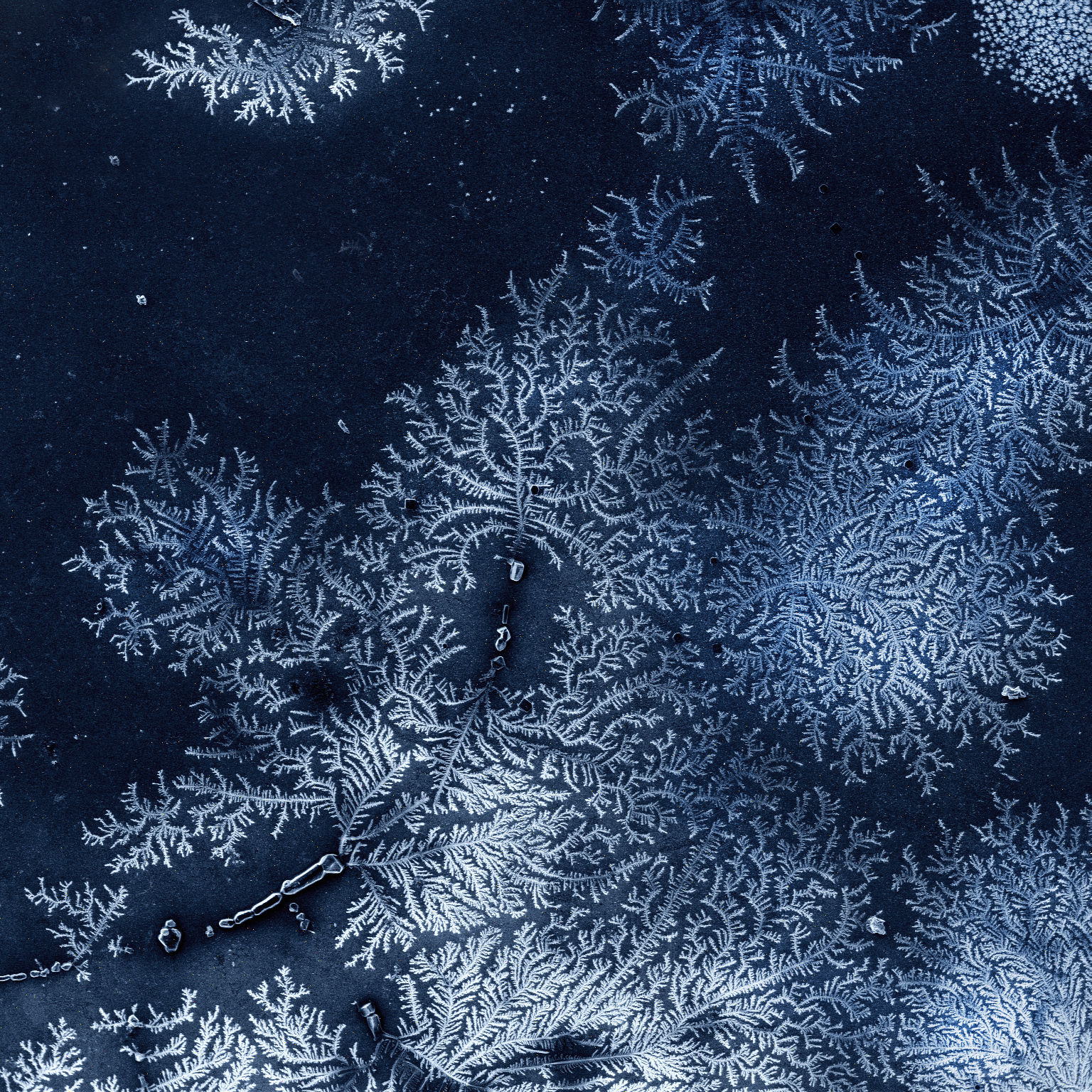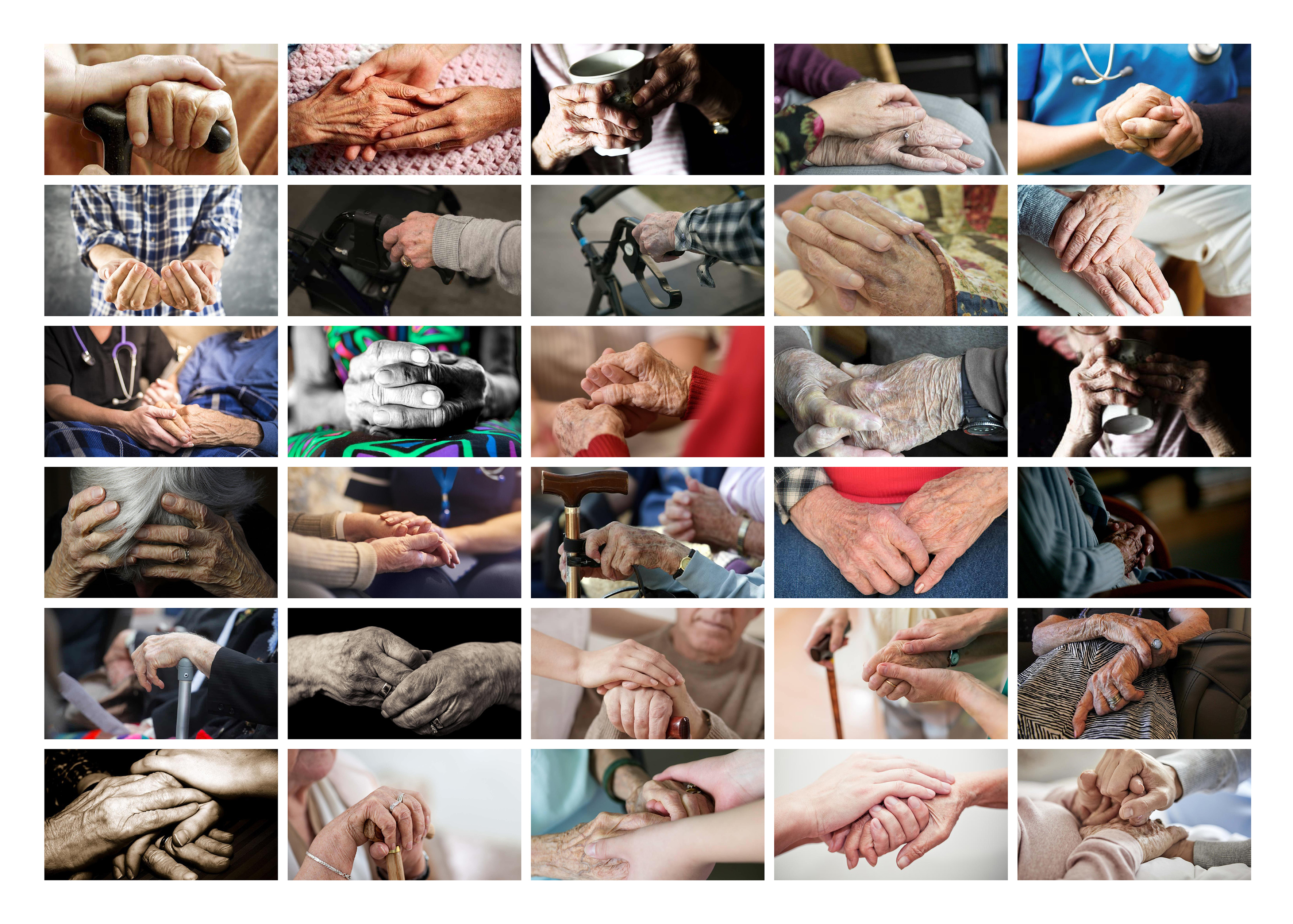An extreme close-up of a reef rock sample that holds keys to the history of the Great Barrier Reef has won geoscience PhD researcher Lisa Kearney the Best in Show award at QUT’s 2022 Research in Focus multimedia competition.
The winners of the annual awards were announced last week at a showcase at The Cube at QUT’s Science and Engineering Centre.
Best in Show
Ms Kearney’s Best in Show image is titled Keeping It Together and is a large area scanning electron microscope (SEM) map of one of her PhD samples from Heron Reef on the southern Great Barrier Reef.
“My PhD investigates how the reef is held together by looking at cements at various scales in modern coral reefs,” she said.
“Like research students, coral reefs are often trying to keep it together, finding support in a unique community that surrounds them.”
Ms Kearney is a QUT science graduate, now completing her PhD using petrographic and geochemical techniques to investigate the timing and nature of carbonate cements in reef rock from the southern Great Barrier Reef.
“The overall project aims to gain an improved understanding of the processes ofdiagenesisin a modern marine environment by looking into the past,” she said.
“We want to know what happens from the earliest deposition of reef materials, through to the formation of the final cemented reef rock (limestone).
“The current study focuses on investigates how the reef is held together by looking at cements at various scales in modern coral reefs.”
Ms Kearney is also part of an international team that is working on a project to analyse core samples from reef rock in the southern Great Barrier Reef to measure how the reef has responded to changing sea-levels, climate, and water quality over the past 130,000 years. The research aims to show how the reef will respond to environmental change in the future.
Ms Kearney is pictured above in front of her image showcased at The Cube, with QUT’s Senior Deputy-Vice Chancellor (Research) Distinguished Professor Christopher Barner-Kowollik who presented her award.

People’s Choice / QUT Design Lab-Embodying Change Prize
The Research in Focus People’s Choice award winner was QUT Doctorate in Creative Industries student Dusan Bojic, who founded the world’s first art-based interactive health technology platform, SpiroArtis, as a creative way to add incentive for lung volume testing.
His entry, SpiroArtis Image, is an artwork produced from the breath of an adolescent patient with respiratory disease.
SpiroArtis Image also won the QUT Design Lab-Embodying Change Prize.

QUT Centre for Materials Science Prize
The QUT Centre for Materials Science Prize went to Frozen fractals all around by nanomaterials researcher Dr Konstantin Faershteyn, who is the Ion Beam Laboratory Coordinator at QUT’s Central Analytical Research Facility.
His scanning electron microscopy image depicts the tree-like structures of salt crystals, with the delicate multi-branching that is also typical of snowflakes or so-called “frozen fractals”.

QUT Centre for Robotics Prize
The QUT Centre for Robotics Prize went to Mars Pixlise VR by Dr David Conroy from QUT’s School of Computer Science.
This virtual reality work-in-progress prototype allows users to better visualise and engage with the data sent by Perseverance Rover and Ingenuity Drone on Mars via NASA ad JPL’s Pixlise data processing website.
QUT Digital Media Research Centre Prize
The QUT Digital Media Research Centre Prize for Best Media and Communication Visualisation was won by Dr T.J. Thomson for his montage Improving Coverage of Older People in Australian News.
In his entry statement, Dr Thomson noted that older comprise about one-third of Australian voters, but are often depicted in ‘disembodied’ or disempowering ways by the media, such as stereotypical clasped hands photos.







